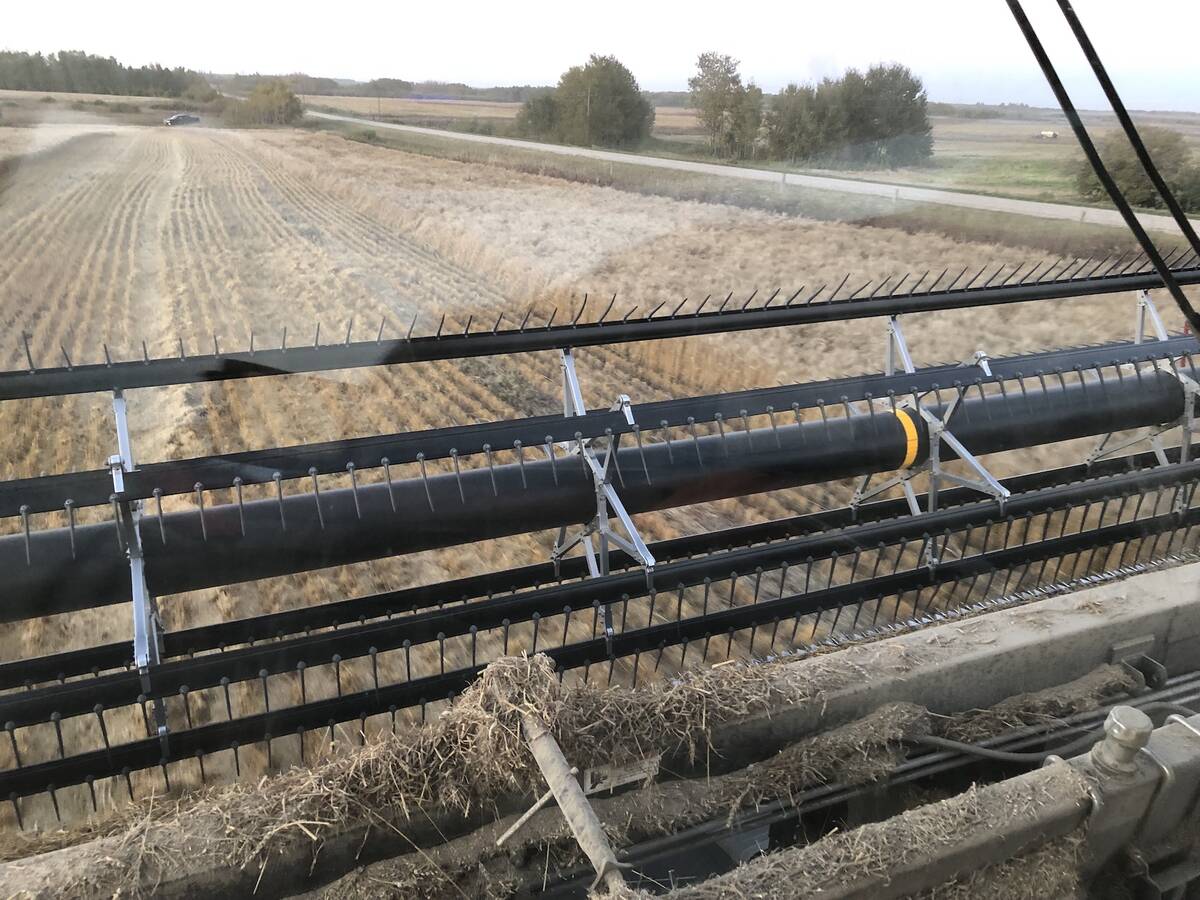The sentiment towards canola prices from the end of June to the first week of July has been a total reversal of fortunes.
On June 26, the November Intercontinental Exchange (ICE) canola contract explored new lows, dipping to less than $600 per tonne, its lowest level since February. On July 3, the contract hit its highest point since June 7 at $659.70.
While one may point to wet weather and cool temperatures across the Prairies, the catalyst to the oilseed’s rise can actually be found in a dispute on the other side of the world.
Read Also

The poetic epic of Manitoba farming 2025
Former Manitoba Co-operator editor John Morriss returns for his yearly poetic sum up of the farming year and look ahead into 2026.
Indonesia announced earlier this week that it will introduce tariffs as high as 200 per cent on Chinese imports to stop a perceived oversupply of China-made goods. The trade fears China may retaliate with tariffs of their own, especially on palm oil.
September Malaysian palm oil reached 4,122 ringgits on July 2, its highest price since April. August soyoil at the Chicago Board of Trade (CBOT) had a weeklong rally of 5.84 U.S. cents per pound to a three-month high of 48.85 on July 3 and brought canola along for the ride.
Other drivers for canola are the largest net short position since March potentially being covered by the funds and speculation that Europe is buying Canadian canola. The latter would be a far cry from January when domestic processors were buying rapeseed from Europe. European rapeseed prices reached 510 Euros/tonne on July 4, creating a $100 premium compared to Canadian canola when factoring in the exchange rate. Last month, the spread was closer to $40 per tonne.
However, November canola already showed resistance at $660/tonne on July 3 and 4. August soyoil was well above its moving averages and its relative strength index (RSI) indicated over-bought territory at 72.70. Long-range weather forecasts predict the rest of the summer to be hotter with normal levels of precipitation. These are adding up to higher canola yields and falling prices as a result.
China purchased US$3.61 billion worth of palm oil from Indonesia in 2022, accounting for nearly three-quarters of its imports. Should China try to get even with Indonesia, it will need to find other vegetable oils to replace much of that volume, if possible.















